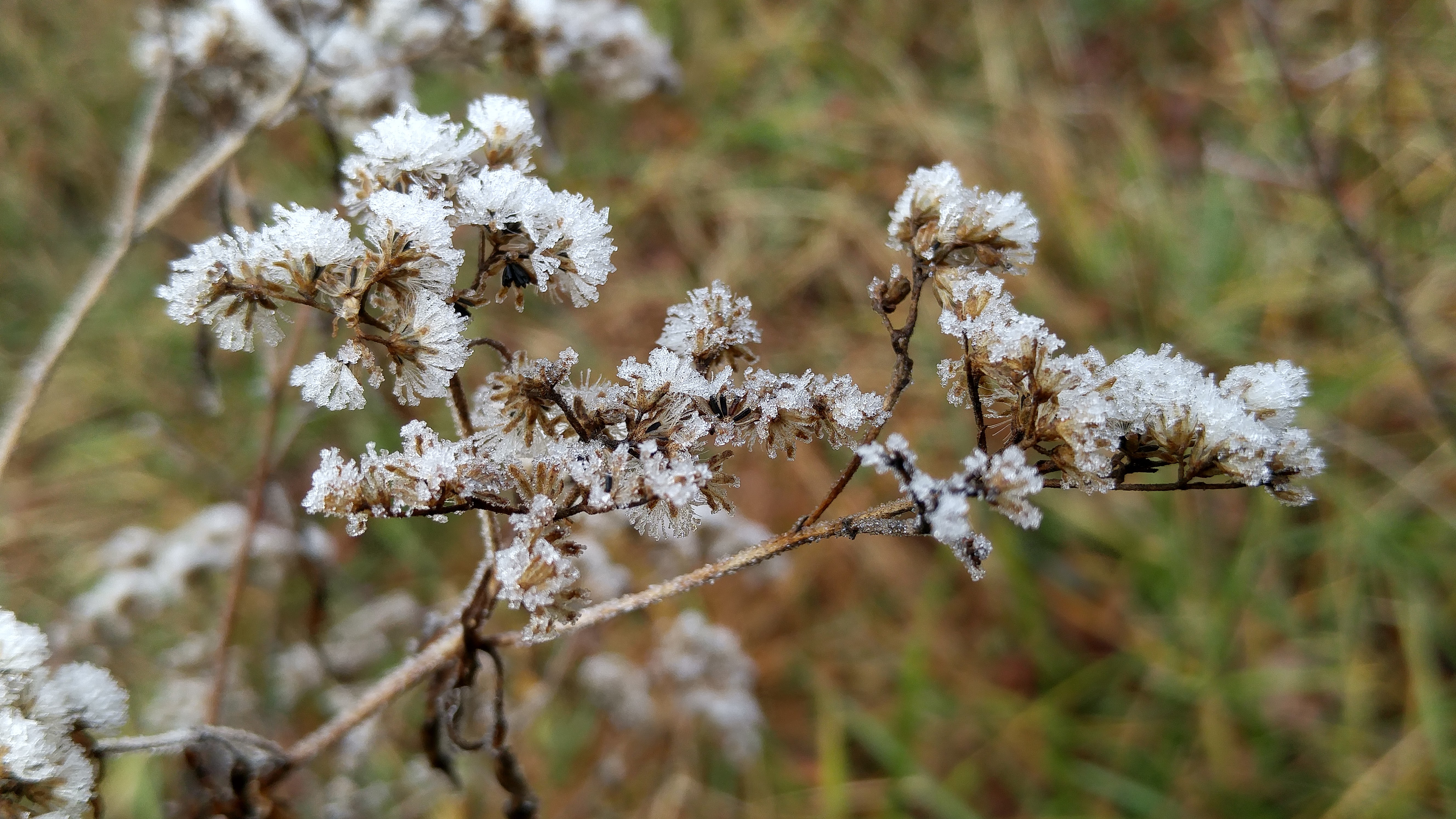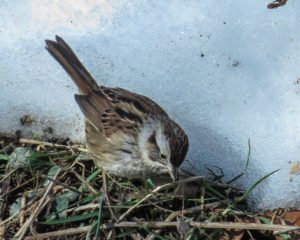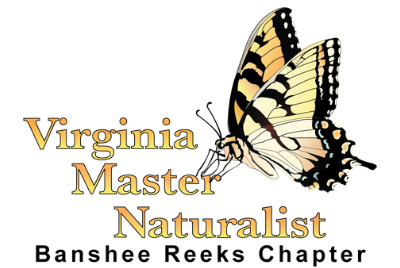As Fall approaches

By Anne Owen
As Fall approaches, many of us will be thinking about ‘tidying up’ the yard ready for Winter – and for most, that will mean cutting down dead flowers, raking up fallen leaves and piling up bags of yard waste at the curb for pick up. Then, we can settle back into our warm homes to wait things out until Spring.
But spare a thought for the many critters that live in our yards. Mostly, we won’t see them, but they are there and they too need safe habitat to survive the winter. The insects and arachnids that overwinter successfully will the ones that provide food for hungry fledgling birds in the Spring. They will pollinate the early flowers, providing fruit and seeds later in the season and some will even assist in keeping other destructive insects under control.
Many butterfly and moth species over-winter as pupae in leaf litter. When the caterpillars emerge in Spring, they provide critically important food for birds feeding their young. Ladybugs and Lacewings like to nest in dry, sheltered crowns of native grasses and spiders hide at the base of old stems. Different species of bees use hollow plant stems, or small holes just below or on the ground’s surface.

Swamp Sparrow foraging
Even species that are active in the winter months, such as birds, need food and shelter. Birds will greatly appreciate the seed heads of grasses and forbs, especially Coneflower. Standing stems and grasses will also provide safe spaces for small birds to escape ever-present predators such as hawks. Visiting Juncos and White-throated Sparrows love the brush piles in my yard!
Here are some suggestions:
- Let leaves lie where they fall (or just blow them off the lawn and onto beds). Natural leaf litter will provide shelter for many species and is a great natural mulch.
- Leave perennial stem and seed heads standing through the winter months. If you are not comfortable to leave it all, consider cutting down only a half or two thirds and leave just a section standing. Stems left standing can protect the plants themselves in severe weather by collecting insulating snow.
- If you do cut down some or even all of your perennials, think about leaving the cut stems in a loose stack on the ground, to form a small brush pile that can provide winter habitat.
- When planning your garden, include plants that actually look great in winter, such as coneflower, yarrow and native grasses – then enjoy the artistry on frosty mornings when the leaves and seed heads are accented with halos of ice.
Because many of the critters that will benefit from this approach are very small, it may be hard to see the changes that are taking place in your garden, but you will be making a difference and those changes will happen!
